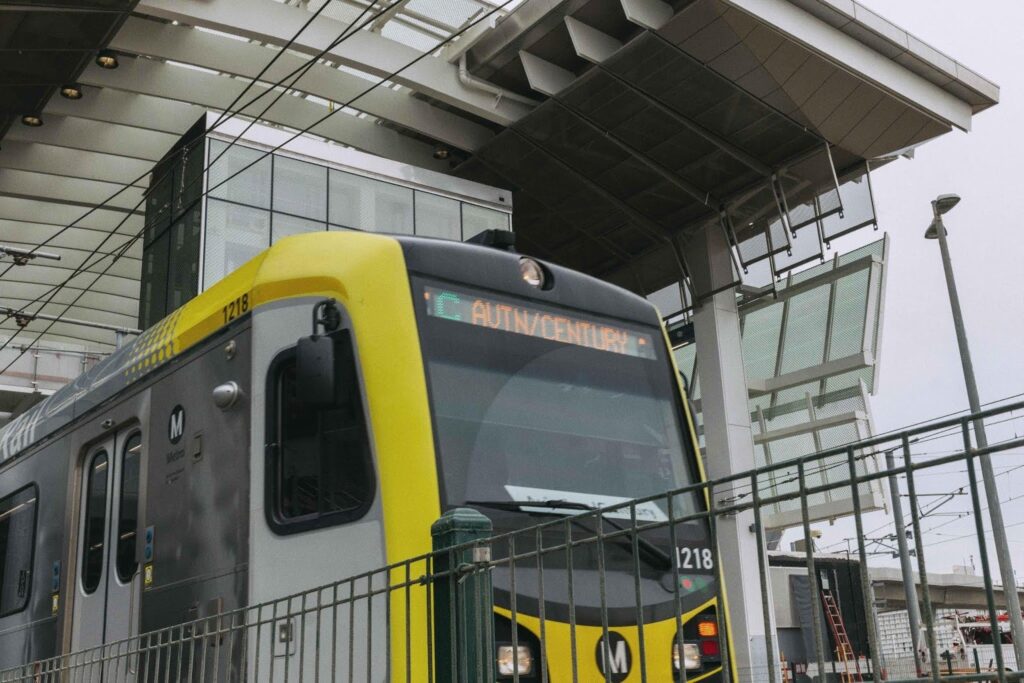
Still time to register for today’s discussion on conservatives and public transportation
What is the conservative rationale for providing efficient public transportation? Some conservatives would likely suggest that the entire concept is an oxymoron. Conservatives William Lind and the late Paul Weyrich believe otherwise.
This is the final post in a three-part series on Moving Minds: Conservatives and Public Transportation, the subject of an online debate later today (at 3 p.m. Eastern, register now!) Panelists include co-author Lind, mass transit critic Sam Staley, director of urban and land use policy at the Reason Foundation; John Robert Smith, president and CEO of Reconnecting America and former mayor of Meridian, Mississippi; and Bill Millar, president of the American Public Transportation Association (APTA).
The authors identify four elements to their conservative vision for good public transport: coverage, frequency, ease of connection and a preference for rail over buses.
In a previous post, we noted the community-building element of public transportation and how that exemplified a conservative value few would fault. There is also the element of preserving — or, in some cases, reviving — what has worked in the past. Many of America’s greatest cities not only have a tradition of robust transportation infrastructure, but they also contain a historic built environment with untapped potential.
“As conservatives, we want to revive America’s older, industrial cities,” the authors note. “Older cities have lots of infrastructure that can be built on. Conservatives prefer building on what exists to creating vast systems from nothing (at vast cost).”
While lining up with many traditional conservative principles, the notions of preserving resources, building on existing traditions and making good use of what we have are goals most can support.
As conservatives, Weyrich and Lind do not speak the language of visionary social programs and even say they “desire no new technology.” Yet they reach the same conclusion as others in increasing public transportation investment as a means to achieve both economic and social ends.



